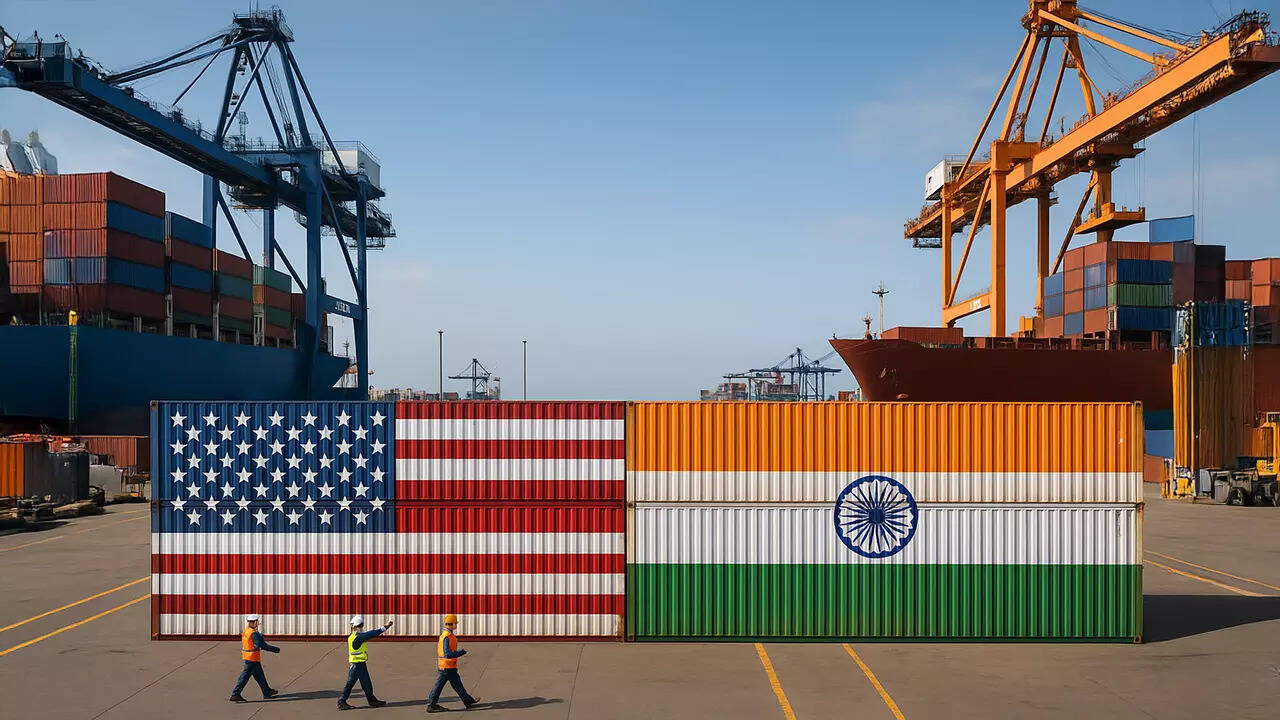India’s exports to the US have been declining for three consecutive months, with August experiencing a significant 16.3% drop due to increased tariffs imposed by the US. The impact is uneven, heavily affecting sectors like apparel and gems, potentially leading to substantial export losses and job cuts.
Navigating Choppy Waters: Understanding the Dip in India’s Exports to the US
The economic seas can be unpredictable. Recently, those waters have been a bit rougher for Indian exports to the United States. For the third consecutive month, we’ve seen a decline, a trend that demands closer inspection and a proactive response. What’s behind this dip, and what can be done to steady the ship? Let’s dive in.
Unpacking the Downturn in India’s Exports
It’s not just a minor ripple; this is a sustained trend. A recent report highlights a concerning slowdown in the flow of goods from India to the US market. Several factors are likely contributing to this downward pressure. One key element is the shifting geopolitical landscape, particularly the trade policies enacted by the US. Increased tariffs, such as the speculated 50% tariffs mentioned, create immediate barriers, making Indian goods more expensive and therefore less competitive for American consumers and businesses.
But the story doesn’t end there. Global economic headwinds are also playing a significant role. We are seeing slower overall growth in many major economies, including the US. This naturally translates to reduced demand for imported goods across a range of sectors. Supply chain disruptions, still lingering from the pandemic, further complicate the picture, adding to production costs and delaying shipments.
Sectoral Struggles: Where is the Pain Concentrated?
The impact of this export decline isn’t felt uniformly across all sectors. Some industries are bearing the brunt of the slowdown more acutely than others. Sectors heavily reliant on the US market, and those facing direct tariff increases, are naturally experiencing the most significant challenges. Identifying these vulnerable sectors is crucial for tailoring effective policy responses. Understanding which specific goods are facing the steepest decline allows policymakers to focus resources and support where they are needed most. This targeted approach maximizes the impact of any interventions, mitigating the damage and fostering resilience.
For example, imagine a small textile manufacturer in Gujarat who has built their business on exporting to American clothing retailers. A sudden 50% tariff on their products could be devastating, potentially forcing them to lay off workers or even close down. These are the kinds of scenarios that policymakers must consider when crafting solutions.
A Call for Policy Action: Charting a New Course for India’s Exports
The situation requires a considered and strategic response. Simply waiting for the storm to pass isn’t a viable option. A multi-pronged approach is needed to revitalize India’s exports to the US.
One crucial step is actively engaging with the US government to address trade barriers. Open and constructive dialogue can help to find mutually beneficial solutions, perhaps through trade agreements or tariff reductions. Simultaneously, diversifying export markets is paramount. Reducing reliance on a single market like the US mitigates risk and opens up new opportunities for growth. Exploring alternative markets in Asia, Europe, and Africa can provide a buffer against fluctuations in any one region.

Furthermore, strengthening domestic manufacturing capabilities is essential for long-term competitiveness. Investing in infrastructure, technology, and skills development can enhance the quality and efficiency of Indian products, making them more attractive to buyers worldwide. Providing incentives for innovation and research can also drive the development of new and competitive export goods. You may find our recent article on boosting local manufacturing helpful for further reading.
Finally, supporting small and medium-sized enterprises (SMEs) is crucial. SMEs often lack the resources and expertise to navigate complex international trade regulations and compete effectively in global markets. Providing them with access to financing, training, and market intelligence can level the playing field and empower them to thrive in the global economy.
Looking Ahead: Weathering the Storm and Finding New Horizons for India’s Exports
The decline in India’s exports to the US is a challenge, but it’s also an opportunity. By understanding the underlying factors, identifying vulnerable sectors, and implementing proactive policy responses, India can navigate these choppy waters and emerge stronger. Diversification, strategic engagement, and investment in domestic capabilities are key to securing a resilient and prosperous export future. The focus must be on building a robust and adaptable economy that can weather any storm and capitalize on new opportunities in the global marketplace.
slug: india-exports-us-decline






